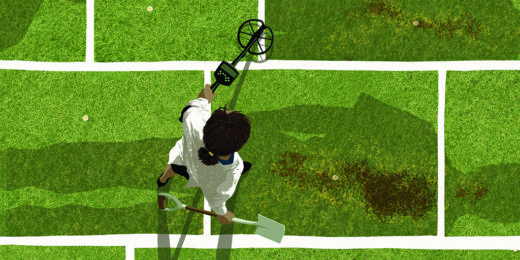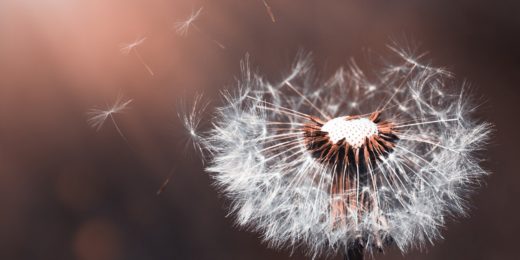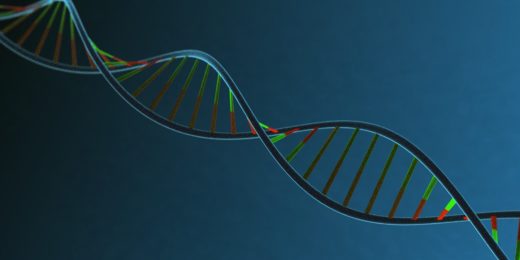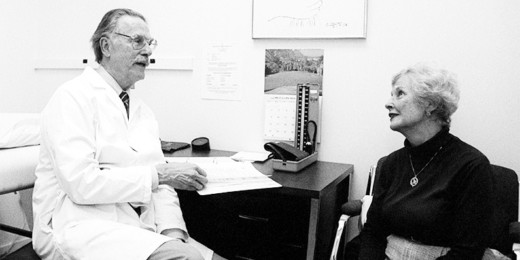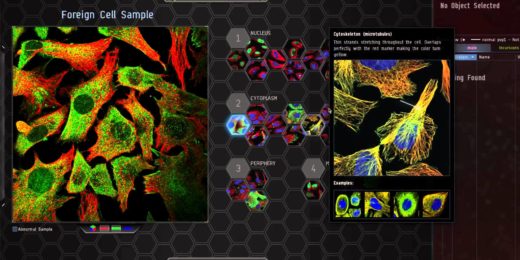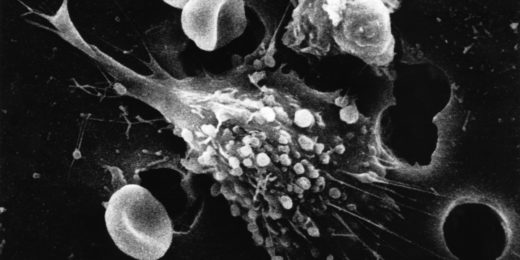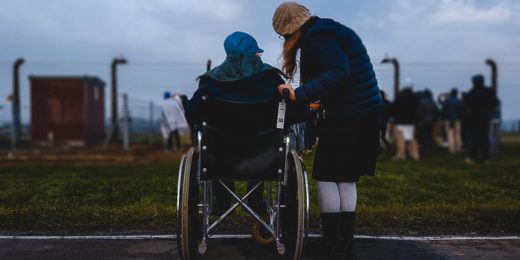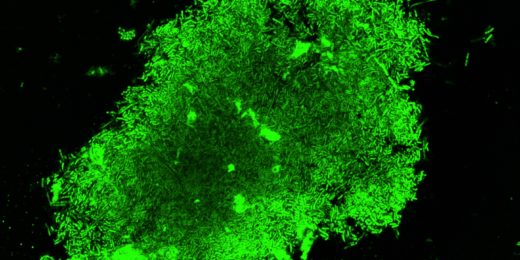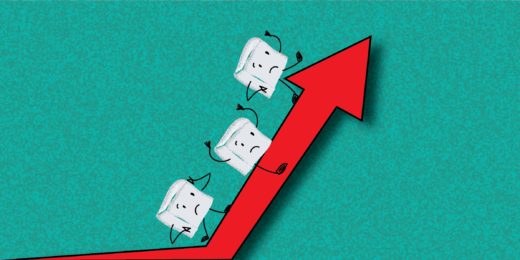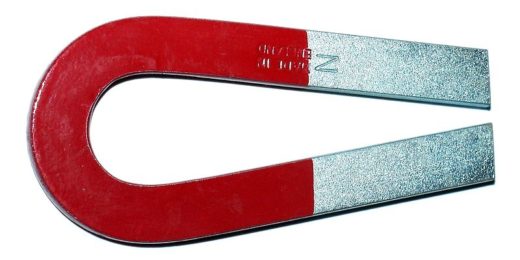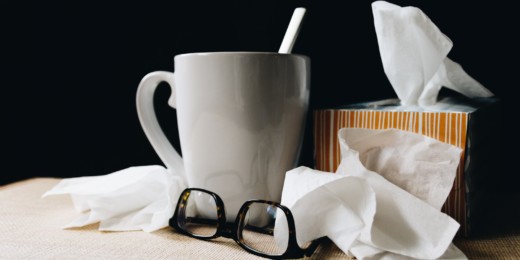PHIND scientists discuss how to stop disease in its track, aiming for earlier diagnostics and more precise medical treatments.
Author: Hanae Armitage
Scientific publishing: How much is too much?
John Ioannidis reflects on the phenomenon of "hyper-publishing," where certain scientists are listed as authors on scores of papers a year.
Study offers insight into metastasis
The true driver mutations of cancer are almost always common to all metastases in an individual, according to a Stanford scientist and other researchers.
Can genome sequencing be used to predict disease? Quite possibly, new research suggests
Scientists have developed an algorithm that combines genome sequence data and electronic health information to predict risk for genetic disease.
Which drug stores sell tobacco to minors? A new paper investigates
Scientists review the compliance of pharmacies and tobacco-selling policies, finding that Walgreens is the most likely to sell to minors.
Stanford’s John ‘Jack’ Farquhar, a pioneer in disease prevention research, dies
John Farquhar, a beloved mentor, and pioneer in cardiovascular disease prevention at Stanford, died Aug. 22 at the age of 91.
Massive online space game refines protein localization
Citizen science through an online computer game, EVE online, helps scientists better classify protein locations inside a cell.
How your cells can die: The good, the bad, and the leaky
Your cells can die in several ways, and that's not necessarily a bad thing. This piece explains four types of cell death.
Engaging with “high-need” patients outside the clinic
Stanford physician Donna Zulman is working to understand why high-need patients may not follow-up with care outside the clinic.
WELL for Life challenges you to explore the great outdoors
Stanford's WELL for Life initiative encourages you to get outside through a "mini challenge" that emphasizes the role of nature in your well-being.
New imaging technique can spot tuberculosis infection in an hour
A new imaging technology that harnesses fluorescence allows scientists to detect tuberculosis in an hour and to measure drug efficacy.
Continuous blood sugar monitoring suggests even “healthy” people need to mind their carbs
Continuously monitoring blood sugar levels turns up new evidence to suggest that more people have sharp increases in their blood sugar than expected.
Scientists use magnets to detect cancer
A small magnetic wire that attracts nanoparticles engineered to stick to tumor cells may stand to detect cancer earlier.
Is nutrition research dependable? Stanford’s John Ioannidis weighs in
John Ioannidis recommends a change to the standards of nutrition research studies, suggesting that, as they stand, the results are fairly unreliable.
Successful diabetes management program brings down cost of care
A diabetes program, developed with a Stanford scientist, helps cut costs of diabetes-related health care expenses by $815 per year per person.
Will you get sick next flu season? It may depend on how many natural killer cells you have
Scientists at Stanford find a biomarker for flu susceptibility, enabling predictions of if someone is going to fall ill to the virus after being exposed.


